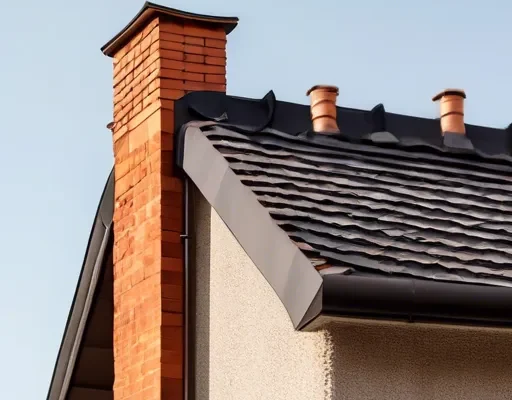In the grand theater of home construction, the chimney is the unsung hero. This integral component ensures the cozy allure of a roaring fireplace without leaving your home smoked out like a village BBQ. To elevate your understanding of this architectural mainstay, we delve into the key rules and mystifying recommendations for routing a chimney through the roof. Buckle up, we’re about to take a ride through the smoky, mysterious world of not setting your house on fire.
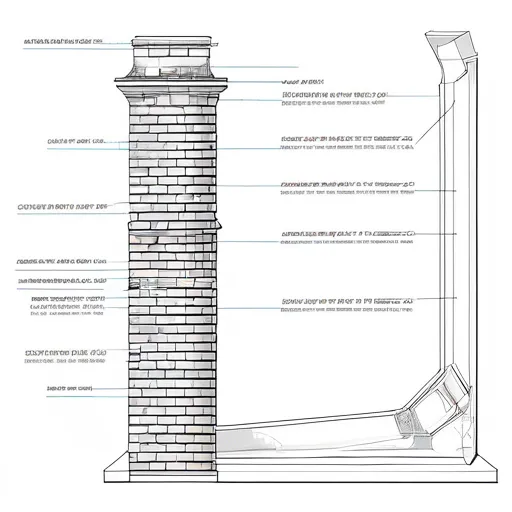
The Basics: What Every Homeowner Should Know
A comprehensive understanding of chimney routing begins with appreciating its fundamentals. First and foremost, the chimney’s primary objective is smoke and combustion gas expulsion. But as any savvy homeowner knows, it’s not just about letting things rise naturally.
1. The Materials Matter
Choosing the right materials for your chimney is akin to selecting a cake’s secret ingredient. It must balance durability and functionality. Common materials include stainless steel, ceramic, and clay. The goal is to ensure the materials can withstand high temperatures without cracking under pressure.
Interesting fact:
In medieval times, chimneys were initially built of wood before builders realized that they tend to—you guessed it—burn.
2. The Right Height
Ensuring your chimney is the correct height isn’t merely architecturally satisfying, it’s crucial for safety and efficiency. The magic number often hovers around three feet above the roofline. Here lies the golden rule: your chimney must be at least two feet higher than any part of the structure within ten feet. It’s a science as much as an art.
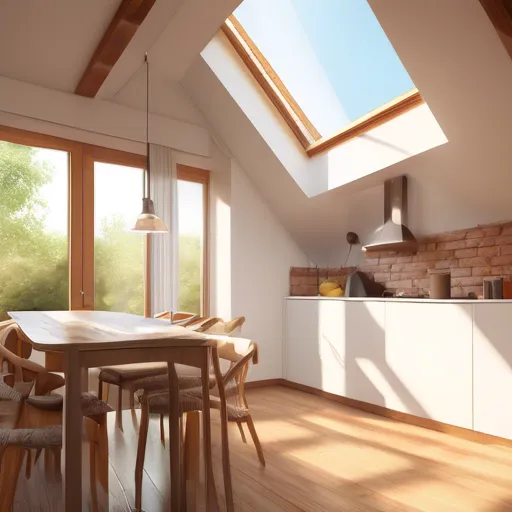
Sealing the Deal: Waterproofing and Insulation
A well-routed chimney should be scandalously watertight. Without proper sealing, leaky chimneys can lead to mold, wood rot, and general domestic discontent.
1. Flashing Fidelity
Flashing, a thin material that waterproofs the chimney, is critical. Commonly used materials are aluminum, stainless steel, or copper. Ensuring that your flashing is applied correctly will be the difference between dry eaves and a not-so-mini Niagara.
2. Insulation Ingenuity
Your chimney requires sufficient insulation to both maintain adequate temperatures and prevent your home from becoming a hazard zone. Fire-resistant materials are recommended.
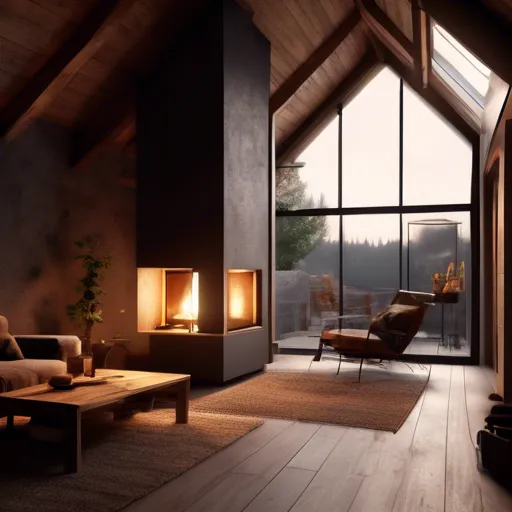
The Art of Alignment and Drafting
The optimal operation of a chimney is heavily reliant on precise alignment and adequate drafting. The inner workings sound daunting, but with a proper understanding, it’s breezily achievable.
1. Perfect Alignment
Aligning a chimney is much like positioning the north star; it needs to draw attention but not overshadow its surroundings. For best results, place at the high point of the roof where possible. Remember, the steeper the roof, the greater the elevation needed.
2. Drafting Dynamics
The draft, or air flow, within a chimney ensures smoke ascension, ergo needs to be flawless. If your fireplace billows smoke back into the living room instead of into the night sky, you might reconsider your drafting dynamics.
Forplay with softness and subtlety in your decor with lilac curtains.
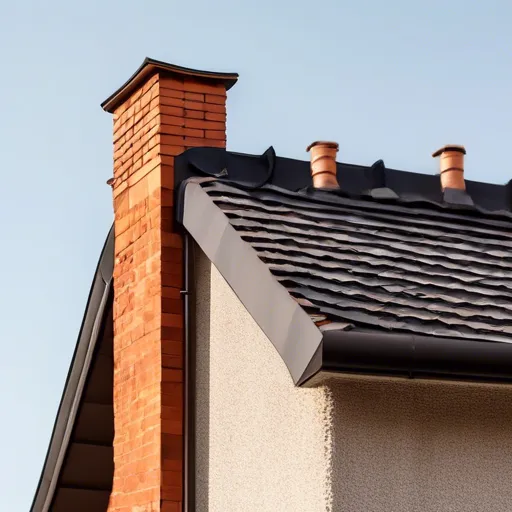
Maintain and Protect: Your Chimney Necessities
Think of maintaining a chimney like grooming a mustache; it requires frequent attention and an abundance of wax— figuratively speaking.
1. Annual Check-ups: Not Just for the Doctor
A yearly inspection is recommended to ensure safe and efficient usage. Allowing for a professional to get down to the nitty-gritty can save you from unexpected coughing fits indoors.
Explore the vibrant potential of turquoise curtains to transform your living space.
2. Cap It Off
Your chimney cap keeps out everything that could wreak havoc inside, from emboldened critters to seasonal rain. Without a cap, expect to treat your chimney like a broken umbrella.
The art and science of installing a chimney through your roof is less of a gamble and more of an investment in safety and ambiance. Let your hearth sing its crackling song without the interruption of safety concerns and broken dreams; follow the sagacious path enlightened herein.
